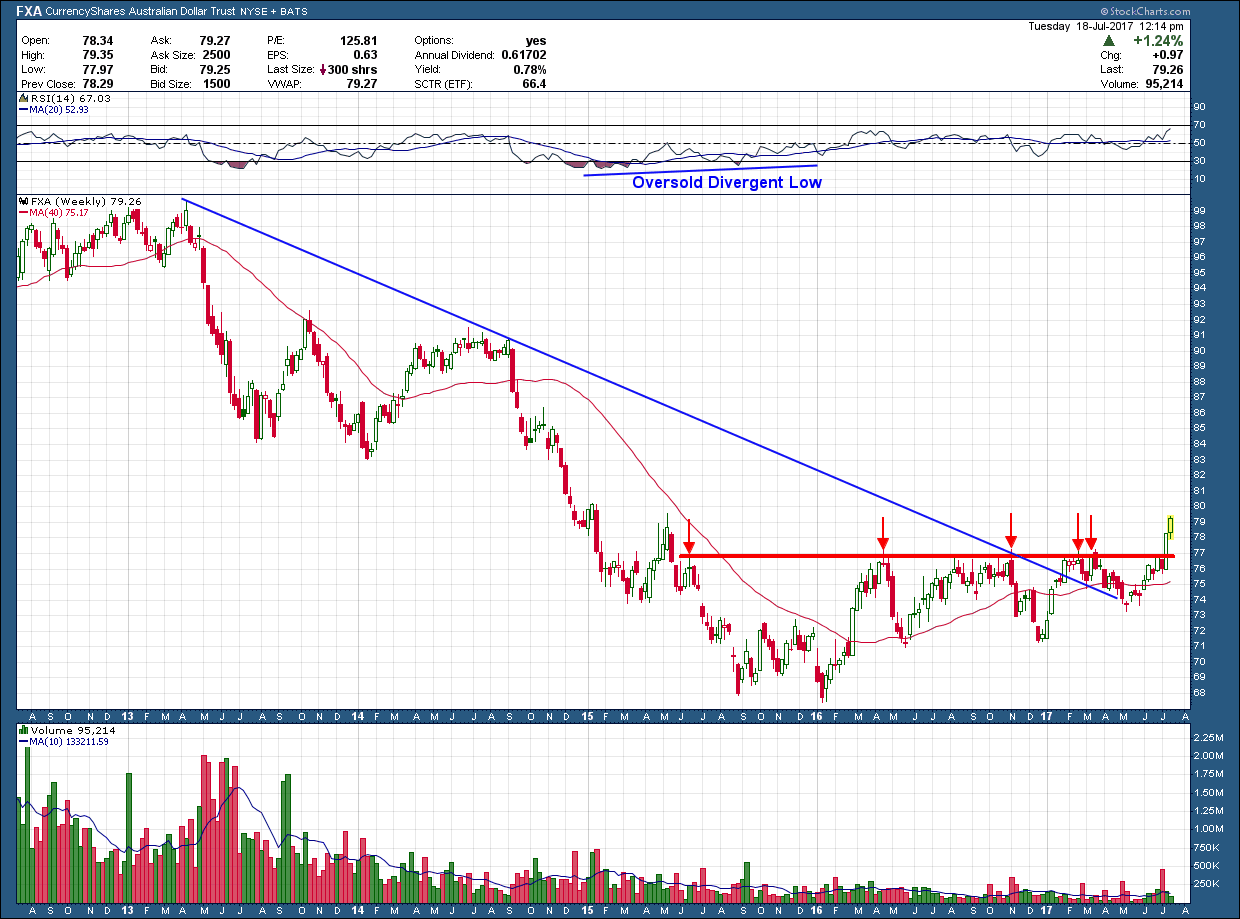WW Grainger, a company who has been around since 1927 serving more than 3 million customer has increased revenues and dividends for 45 years straight. They act as a distributor (mostly) to businesses providing products, inventory management and support. In spite of their success and glorious history, their stock, GWW, has been hit hard losing more than 35% since the start of the year. Back in April during the elevator down decline, you can see what looks like capitulatory volume as it almost 4x the weekly average. In case its not clear, capitulatory volume is where a very large amount of investor throw in the towel and sell their stock. This was eventually followed by a short, reflexive counter-trend bounce and then increased selling pressure taking the stock lower. This is a pattern that repeats so it is worthwhile recognizing what is likely to happen next as it eventually will present an investment opportunity. Since we are approaching a critical support area, I would expect buyers to step in and the stock to find a bottom in the coming weeks. This bottom will likely form positive momentum divergence and provide the opportunity for at least a tradeable bounce due to how far we are below the red 200 day moving average. When looking for opportunities we cannot forget one of the most powerful investment forces, reversion to the mean.
While I try not to spend too much time on the “why’s” because they will only be known for certain in the rear view mirror. WWG’s recent demise, as far as I can tell, has been nothing more than investors fear that Amazon has them in their sites and and eventually put them out of business. As in the company is being "Amazoned”. Because of this ongoing phenomenon I am officially adding Amazon to my list of businesses or products that become so successful they are used as nouns and/or verbs.
I am going to stop this post here as I have to get some “Kleenex” to wipe off the “White Out” that I spilled while “Jet Skiing” in my “Jacuzzi” on my way to “Xerox” a paper and "Skype" a friend.





